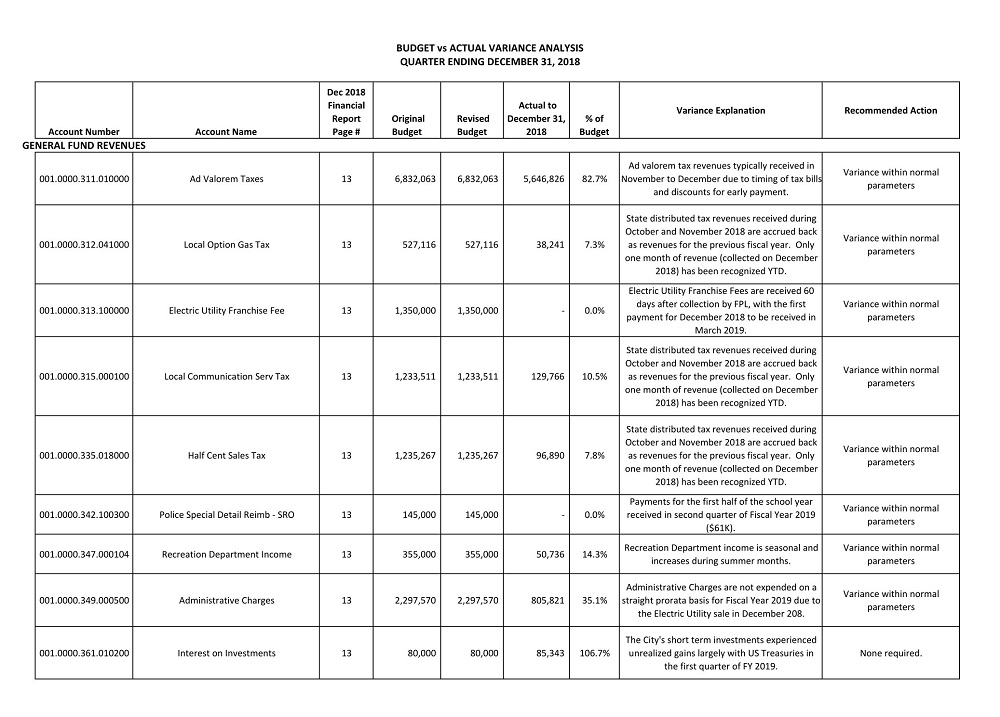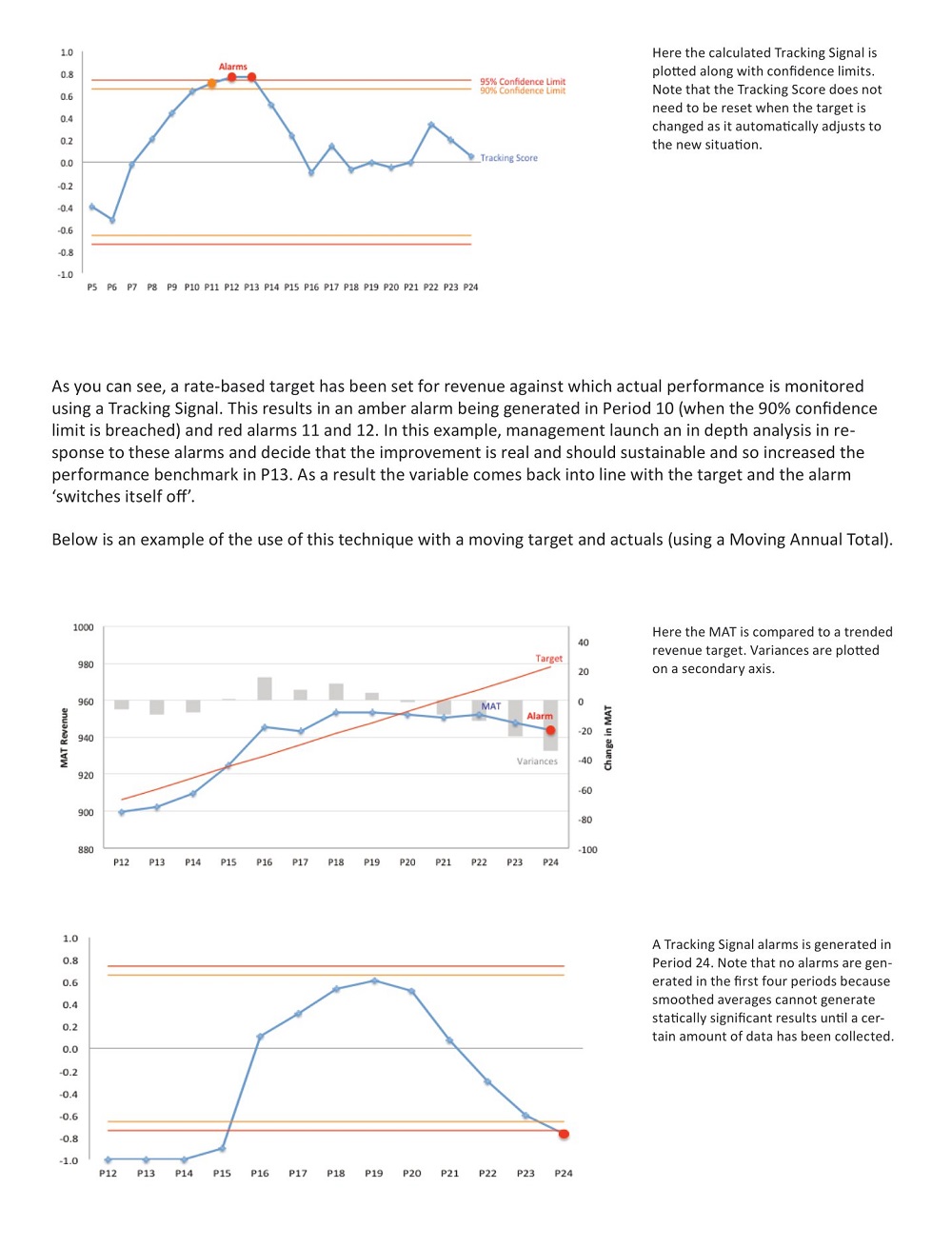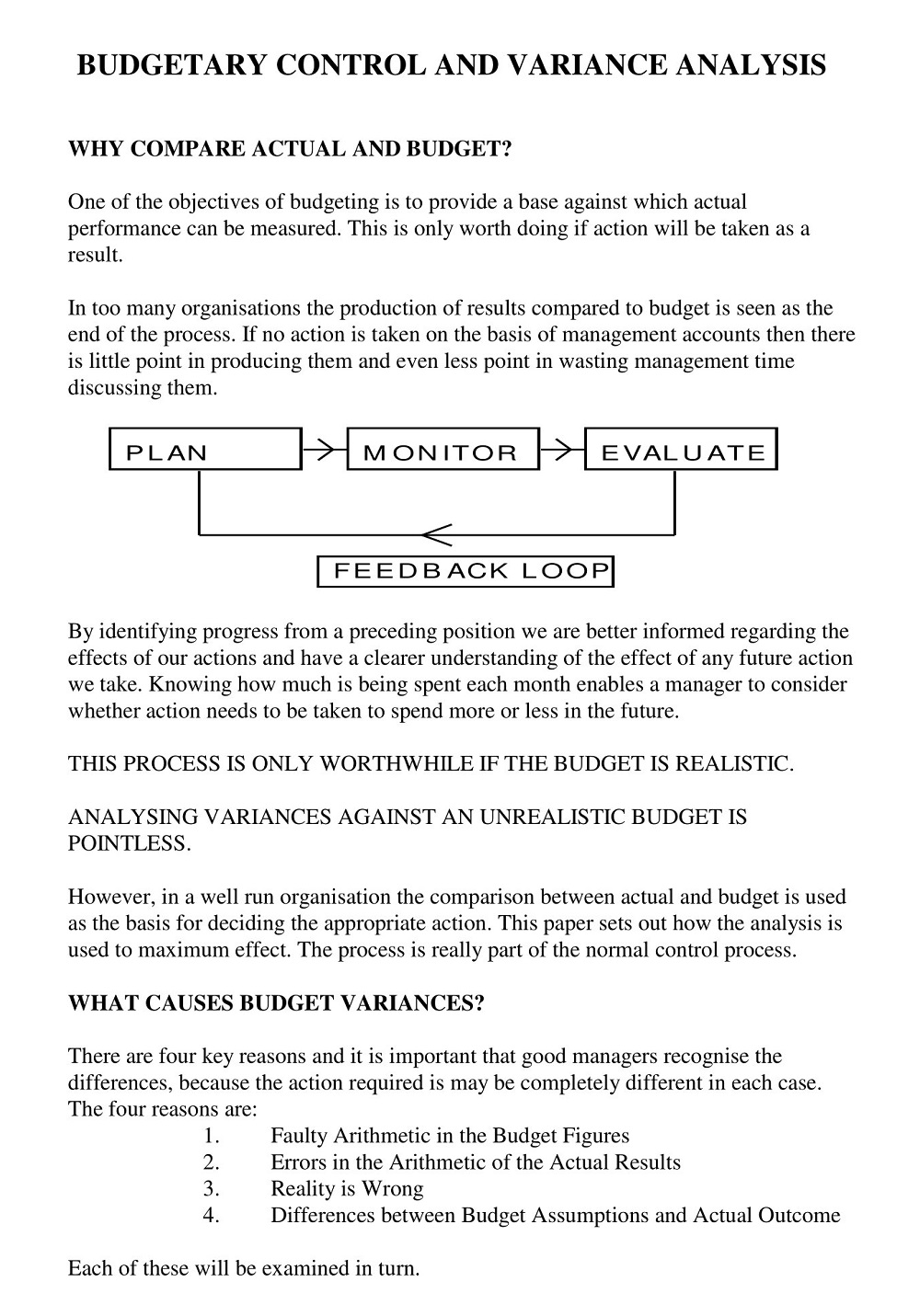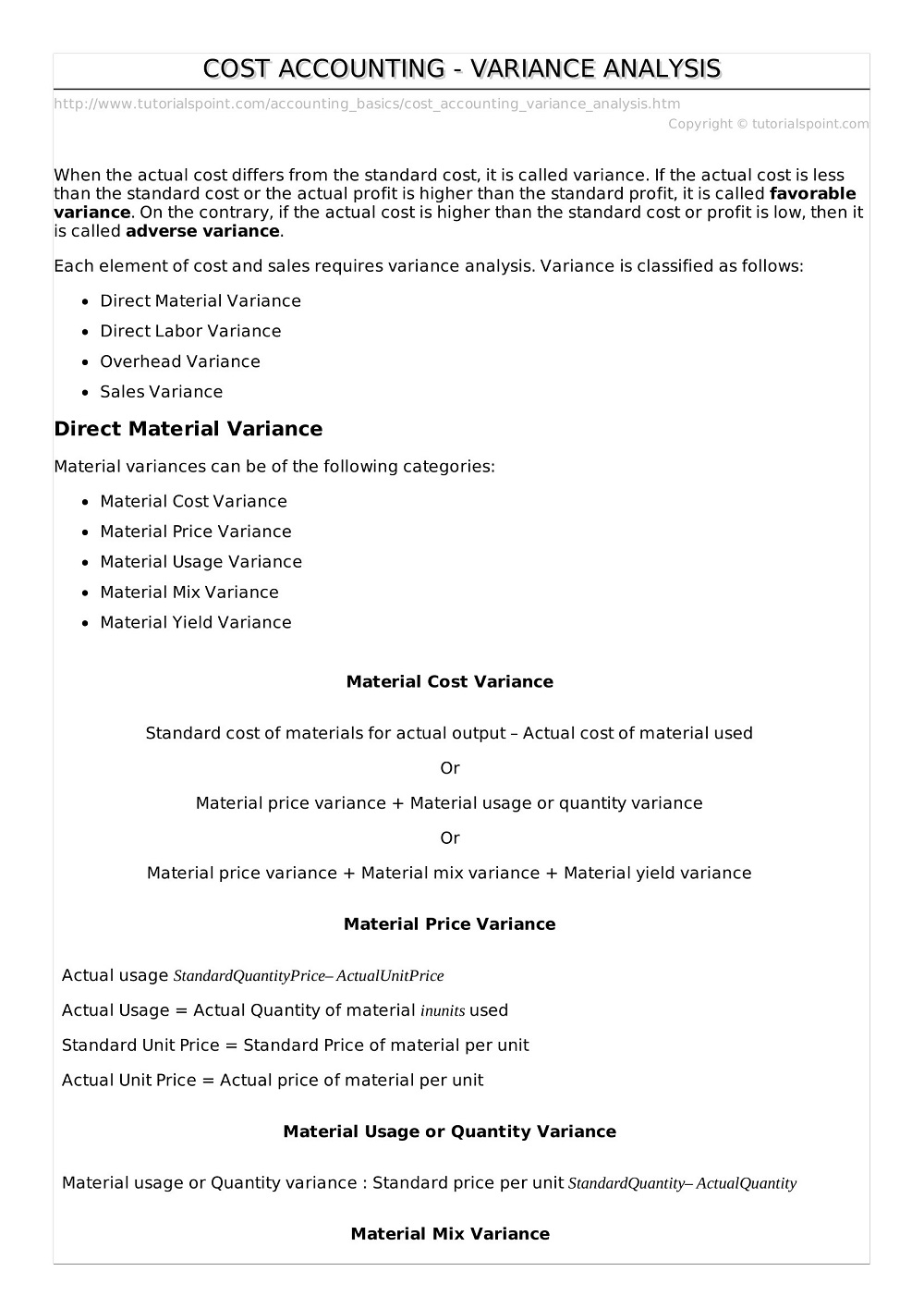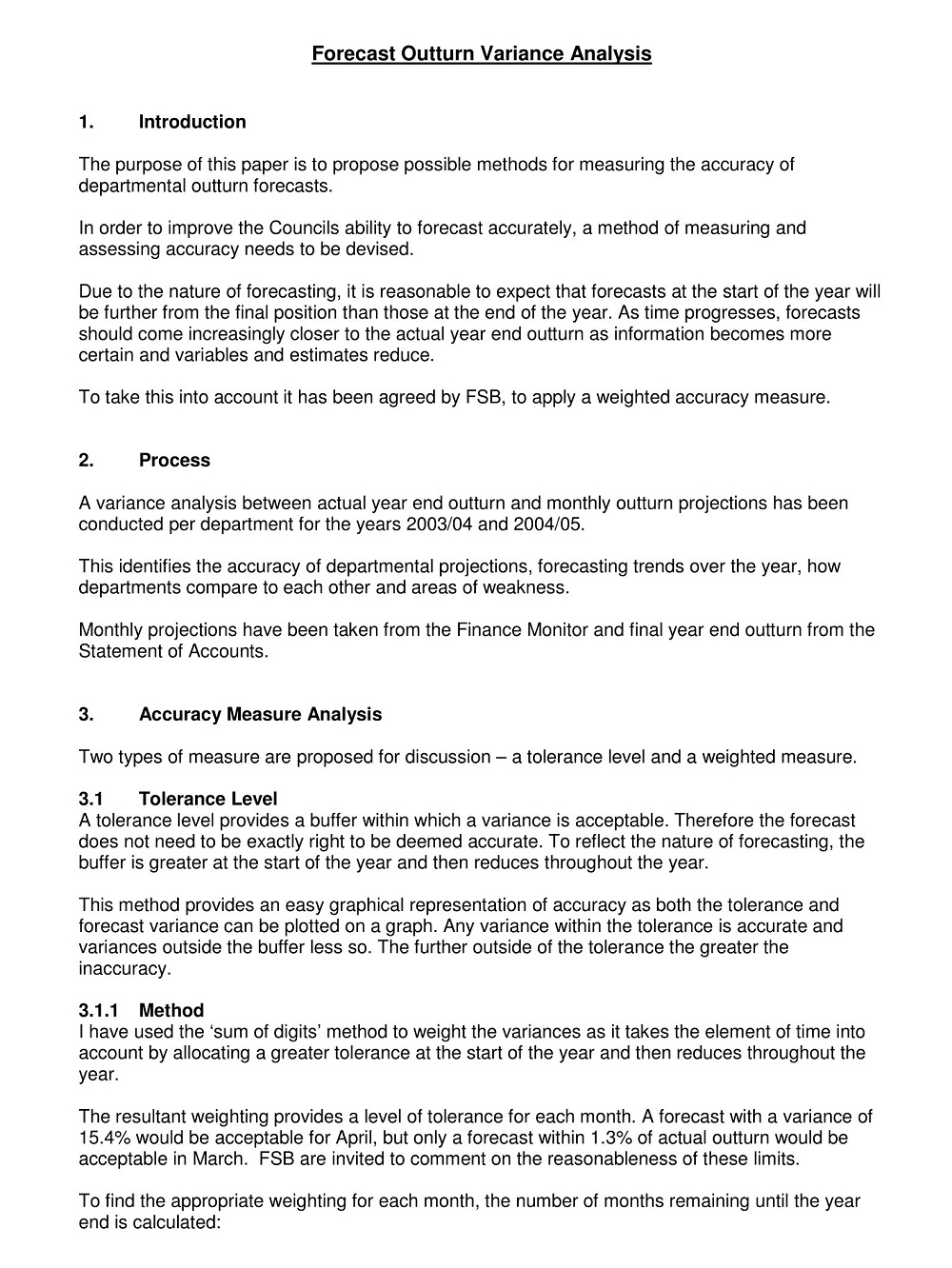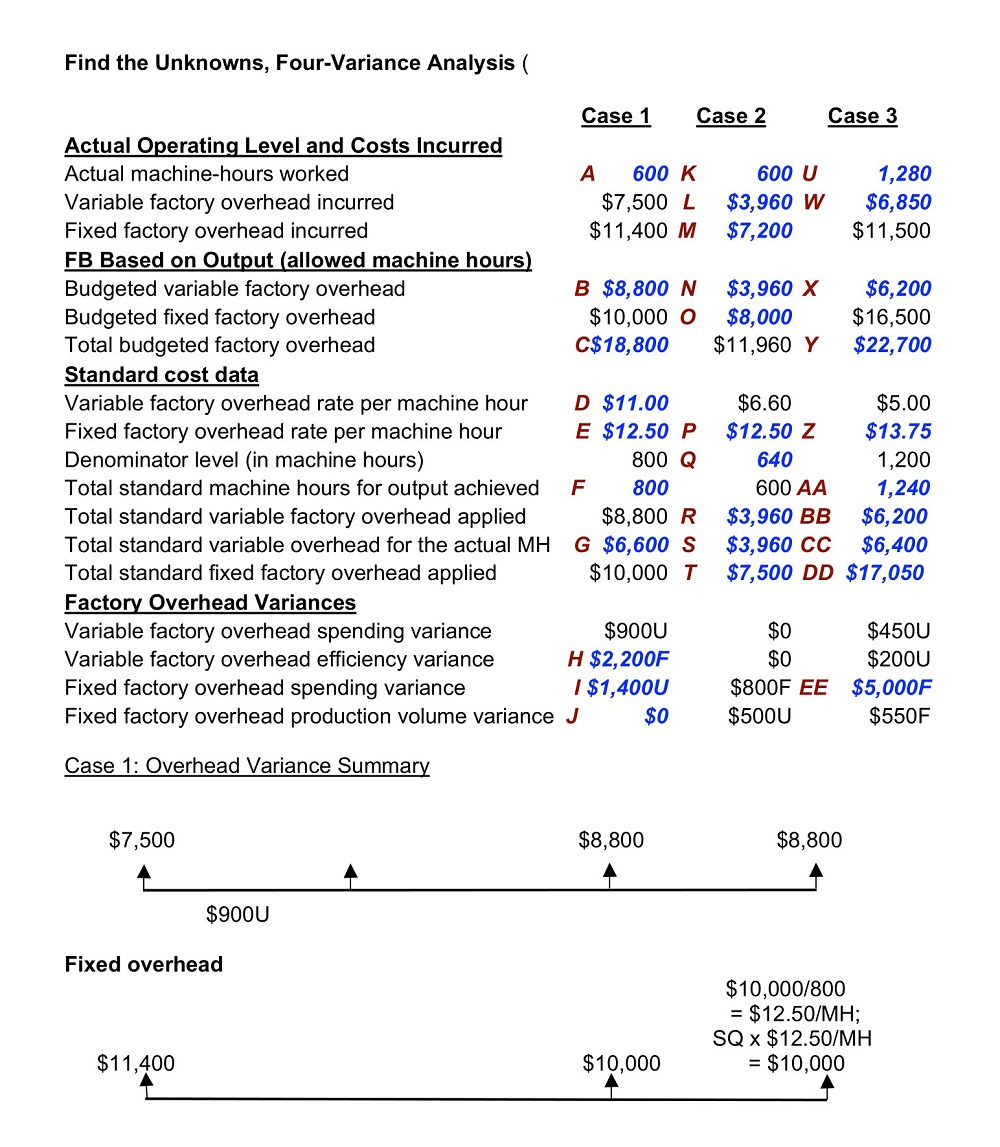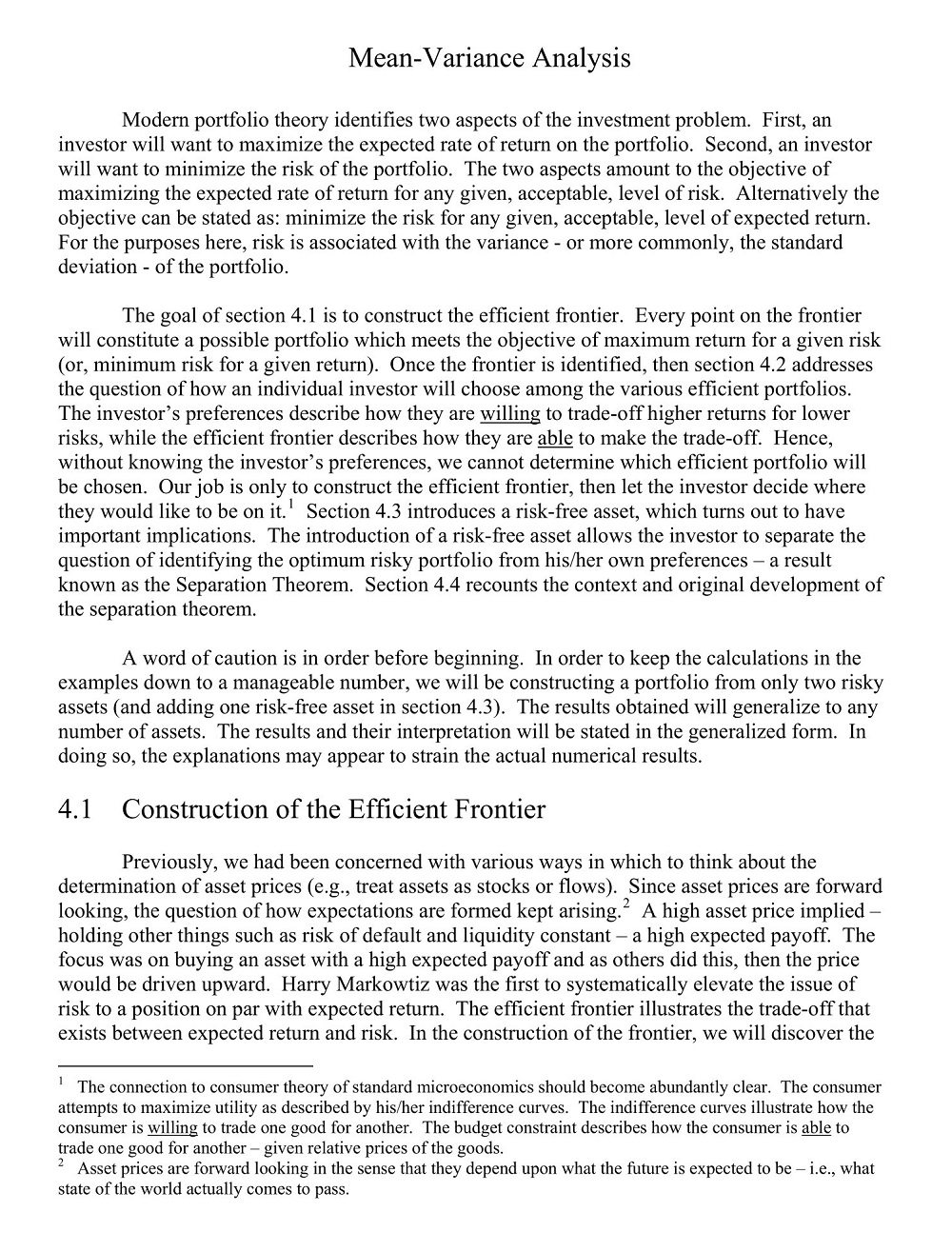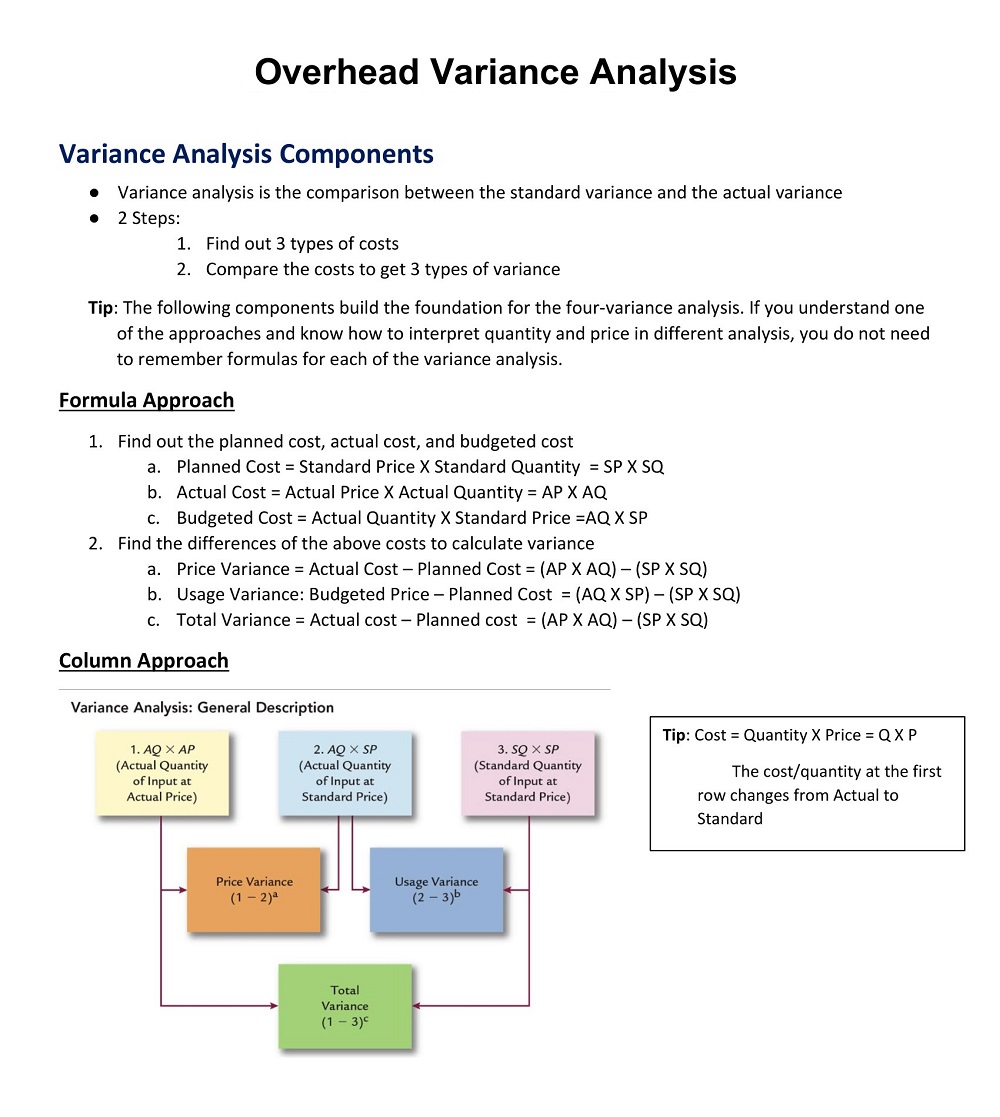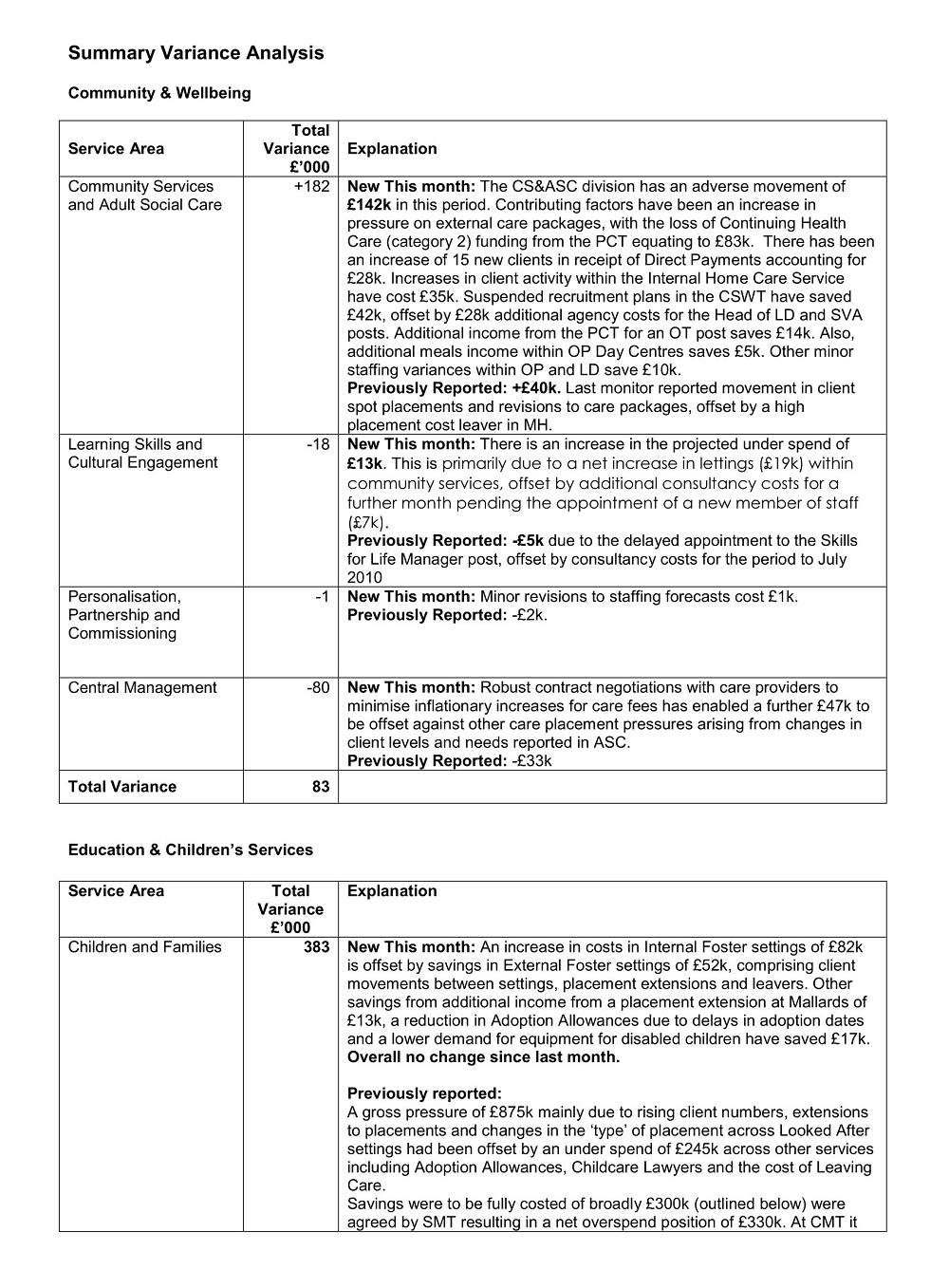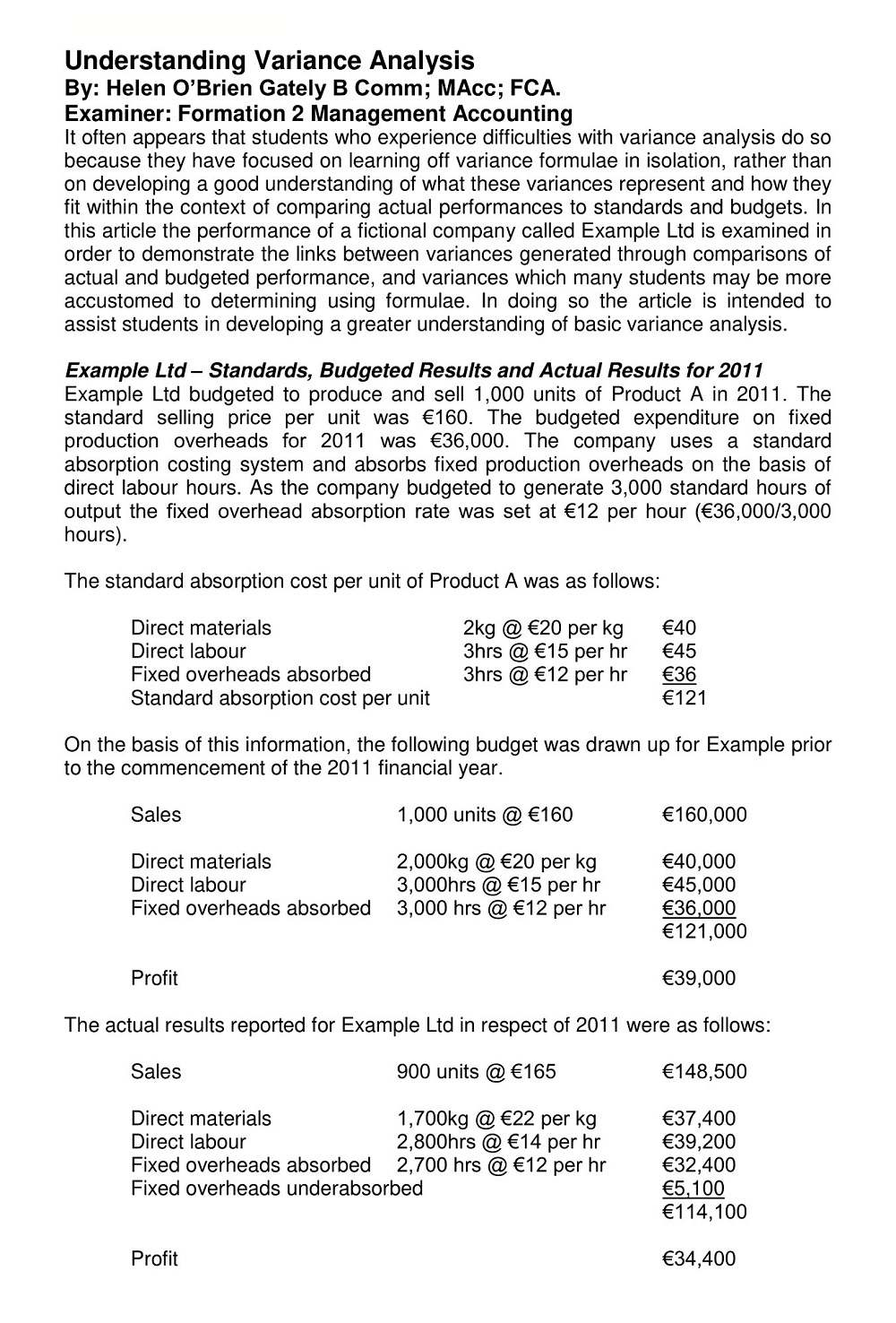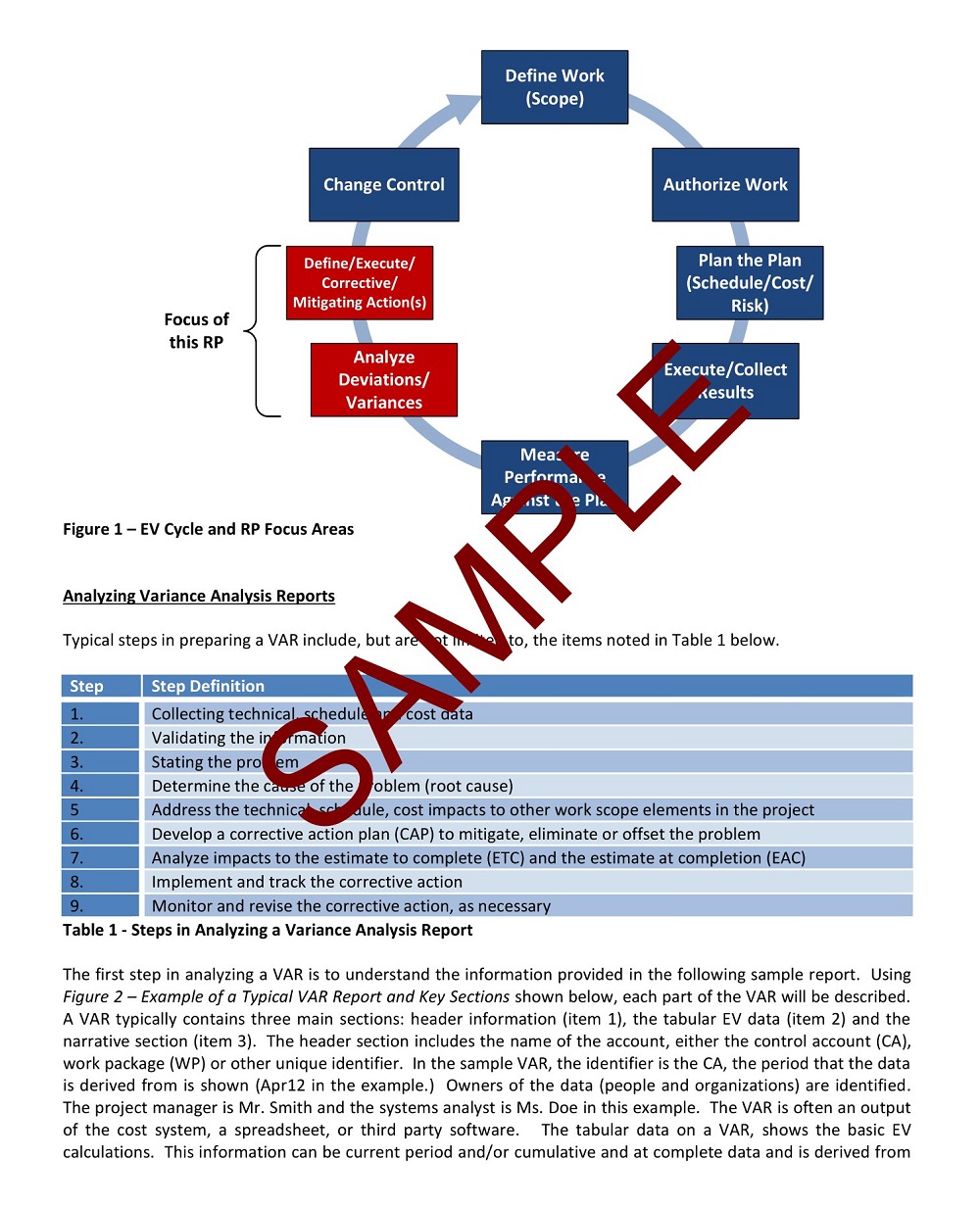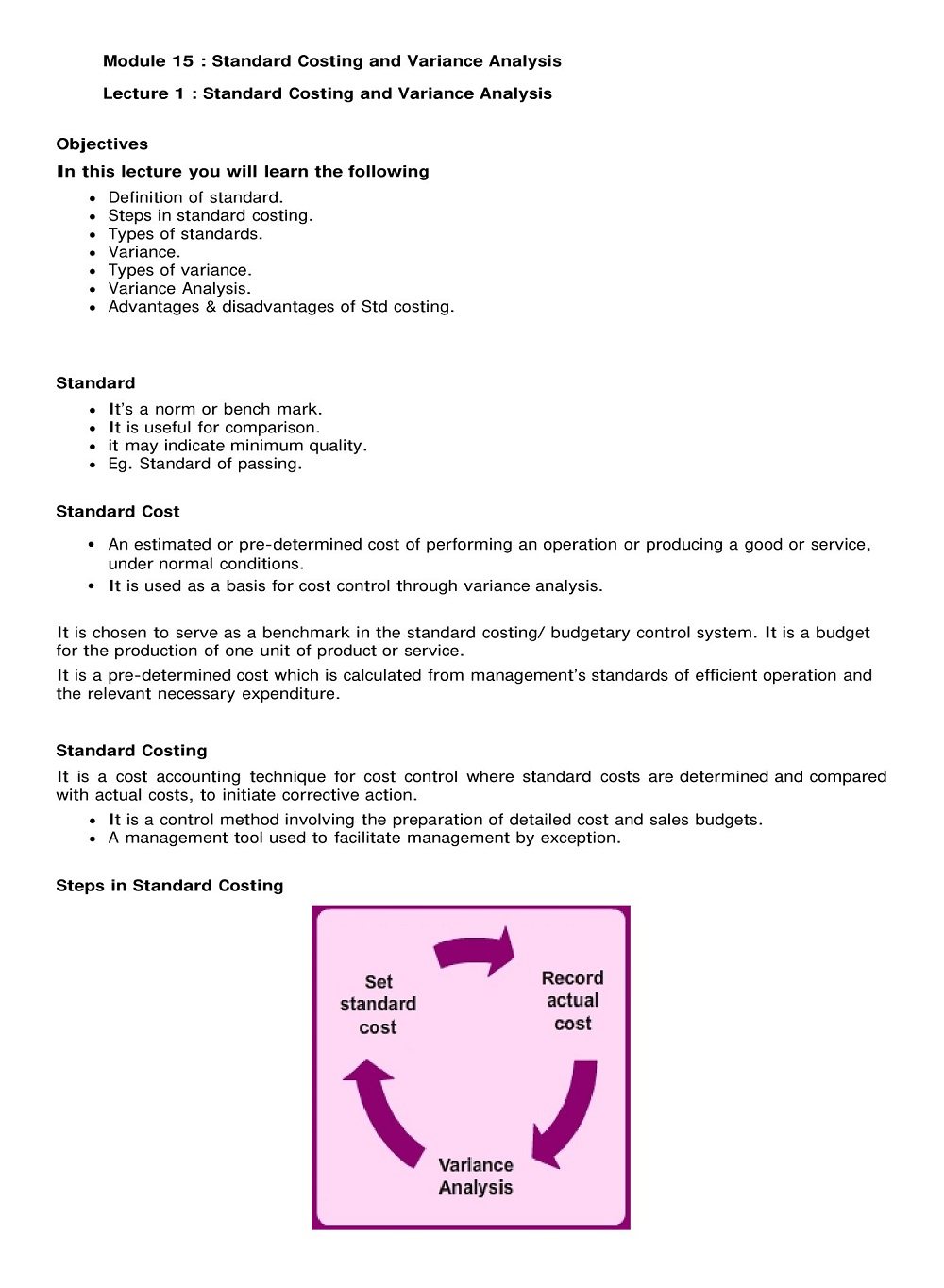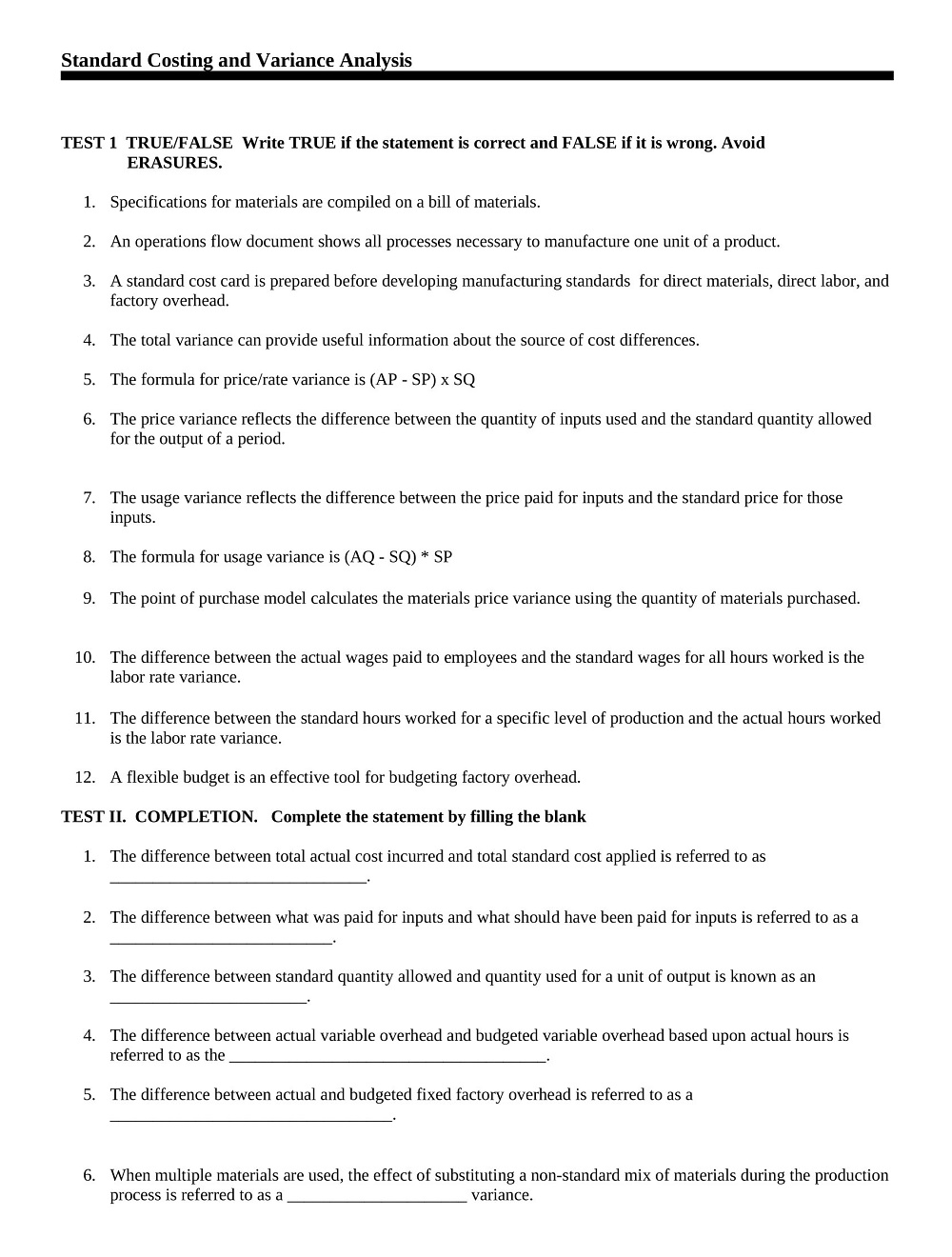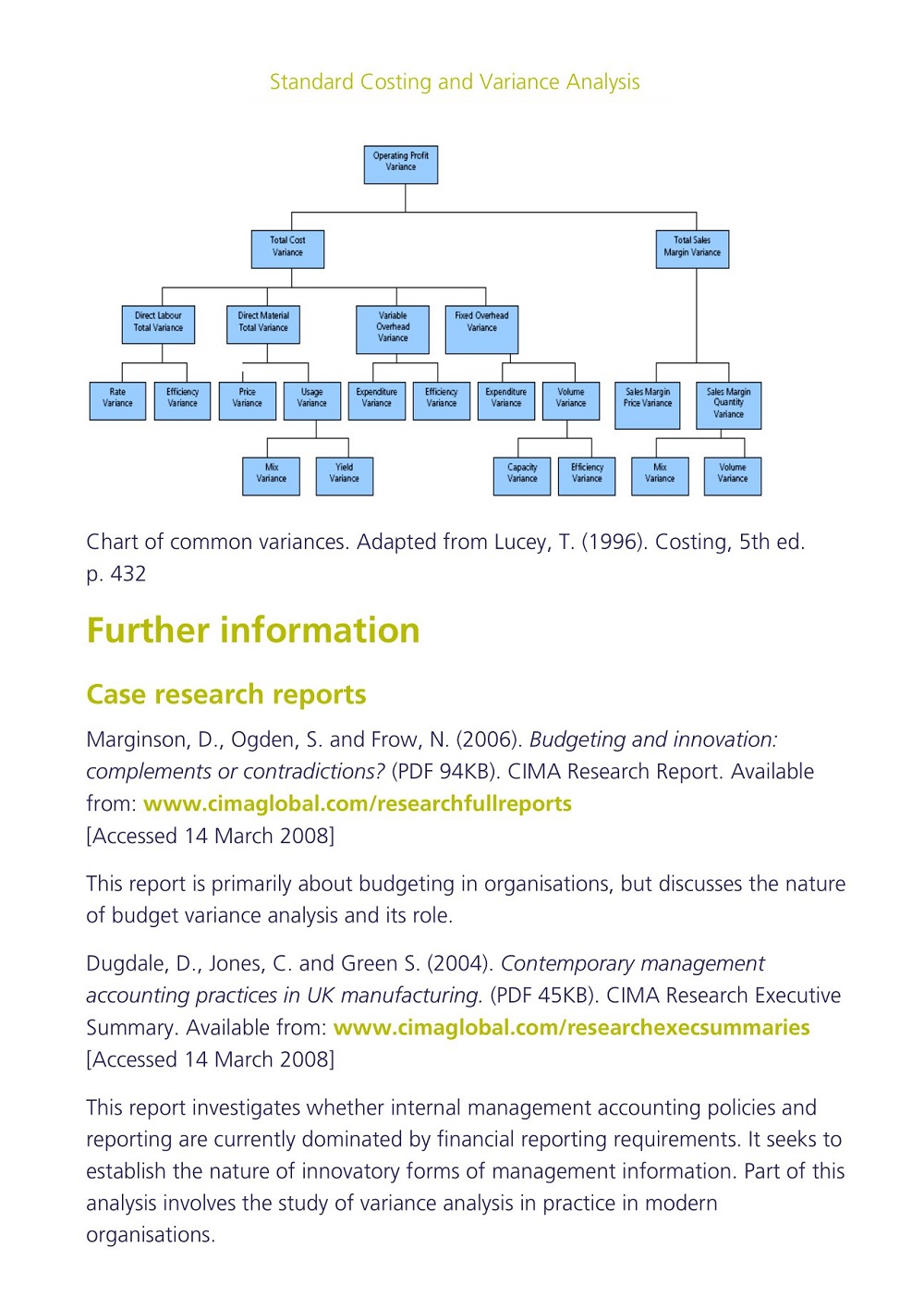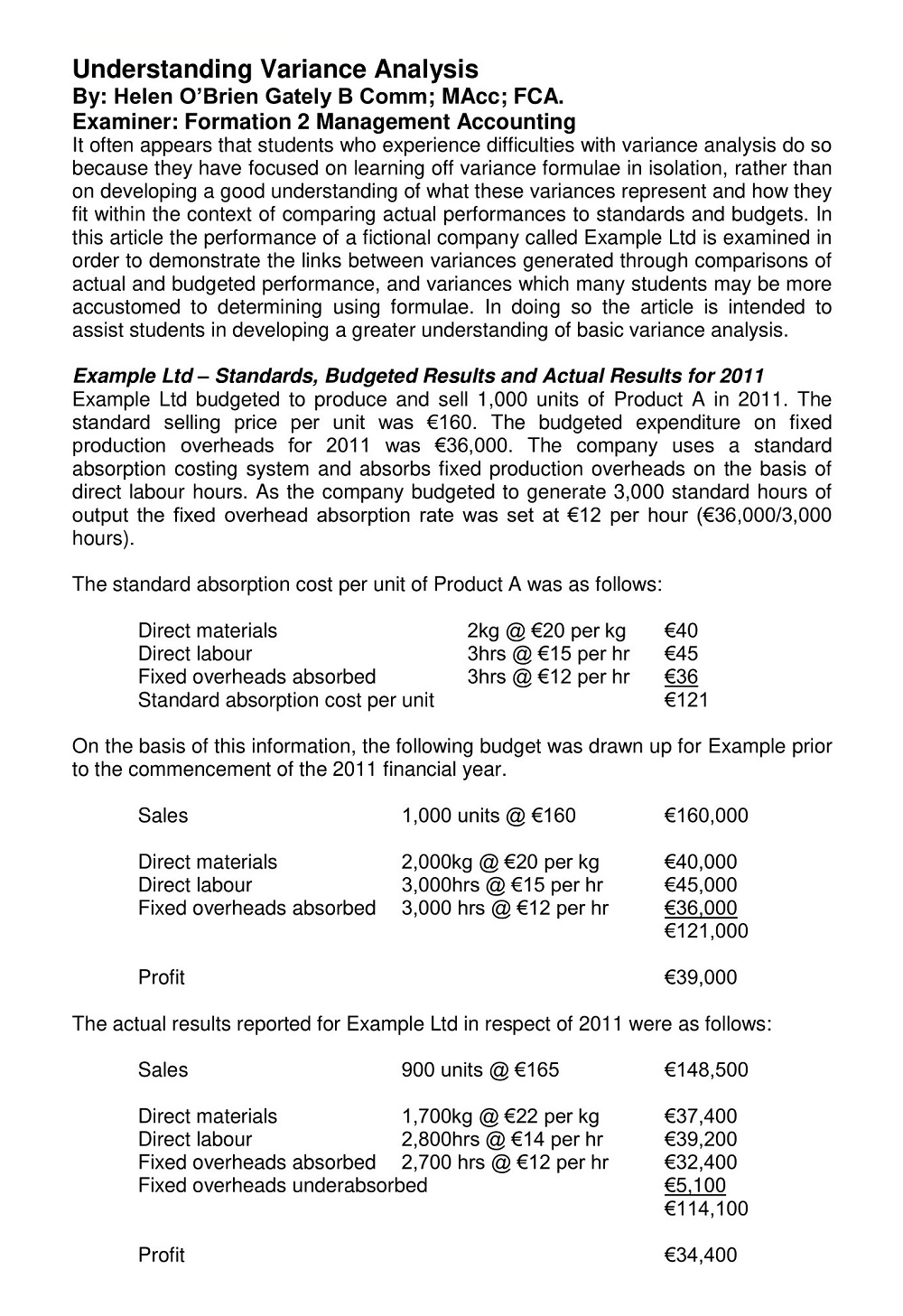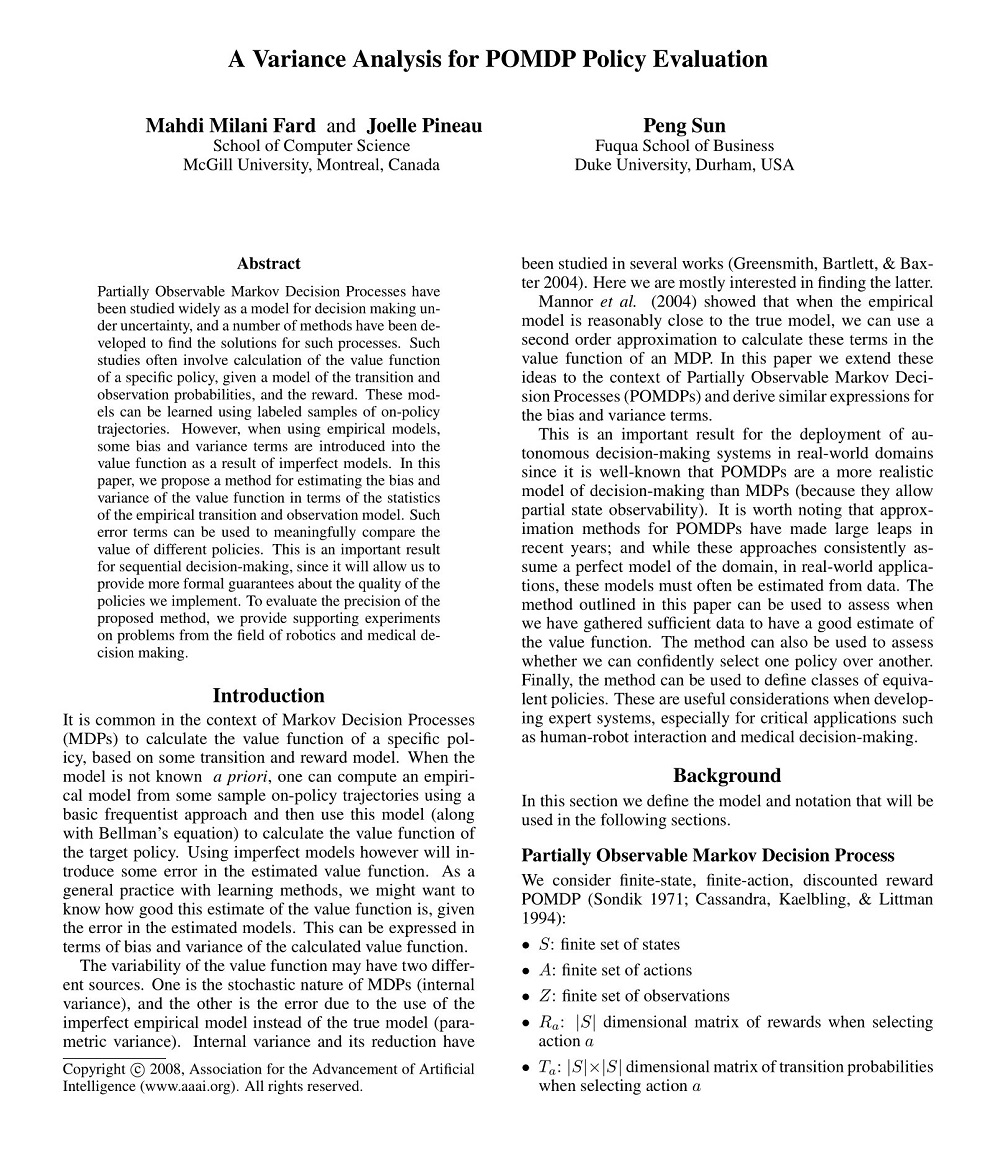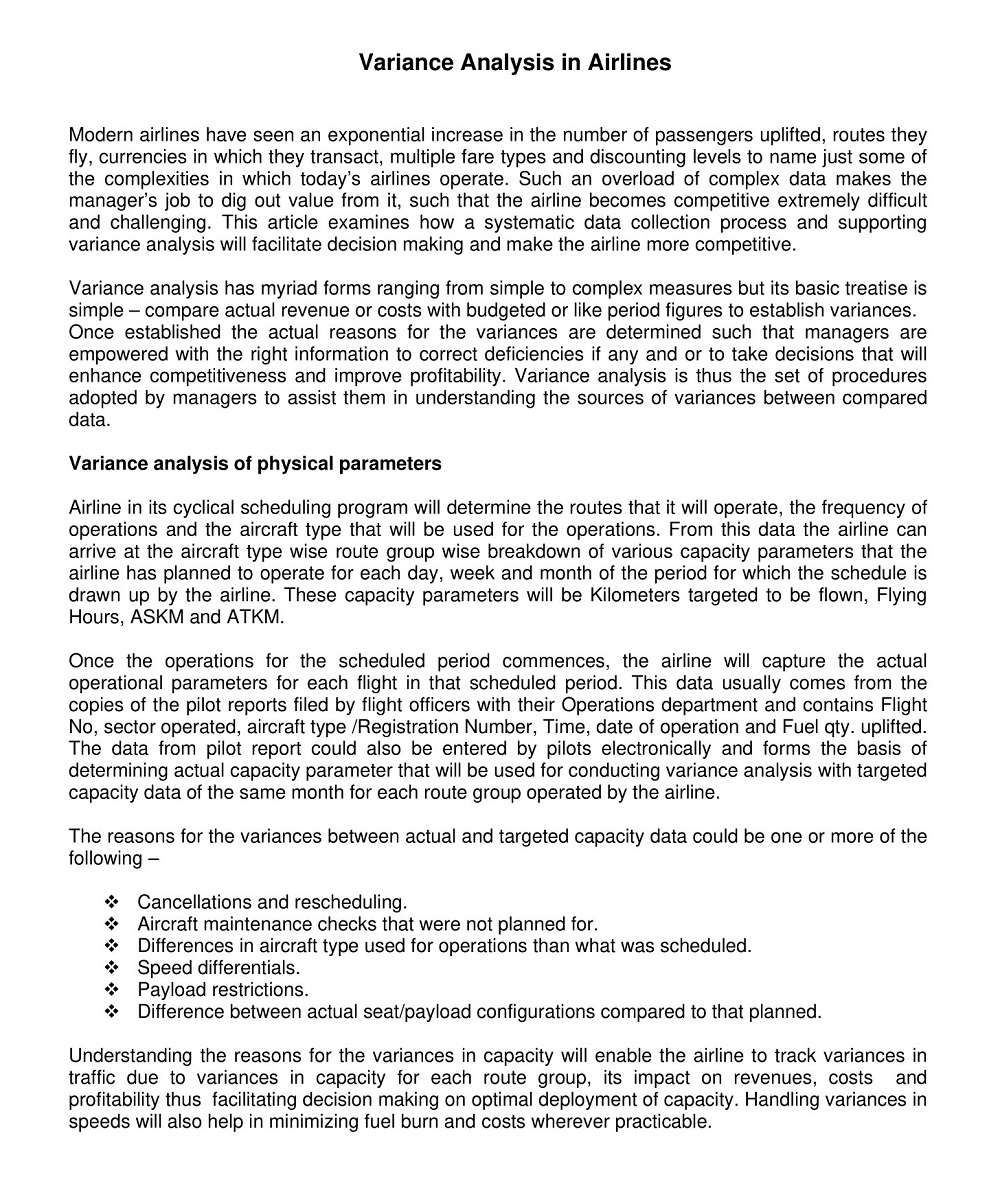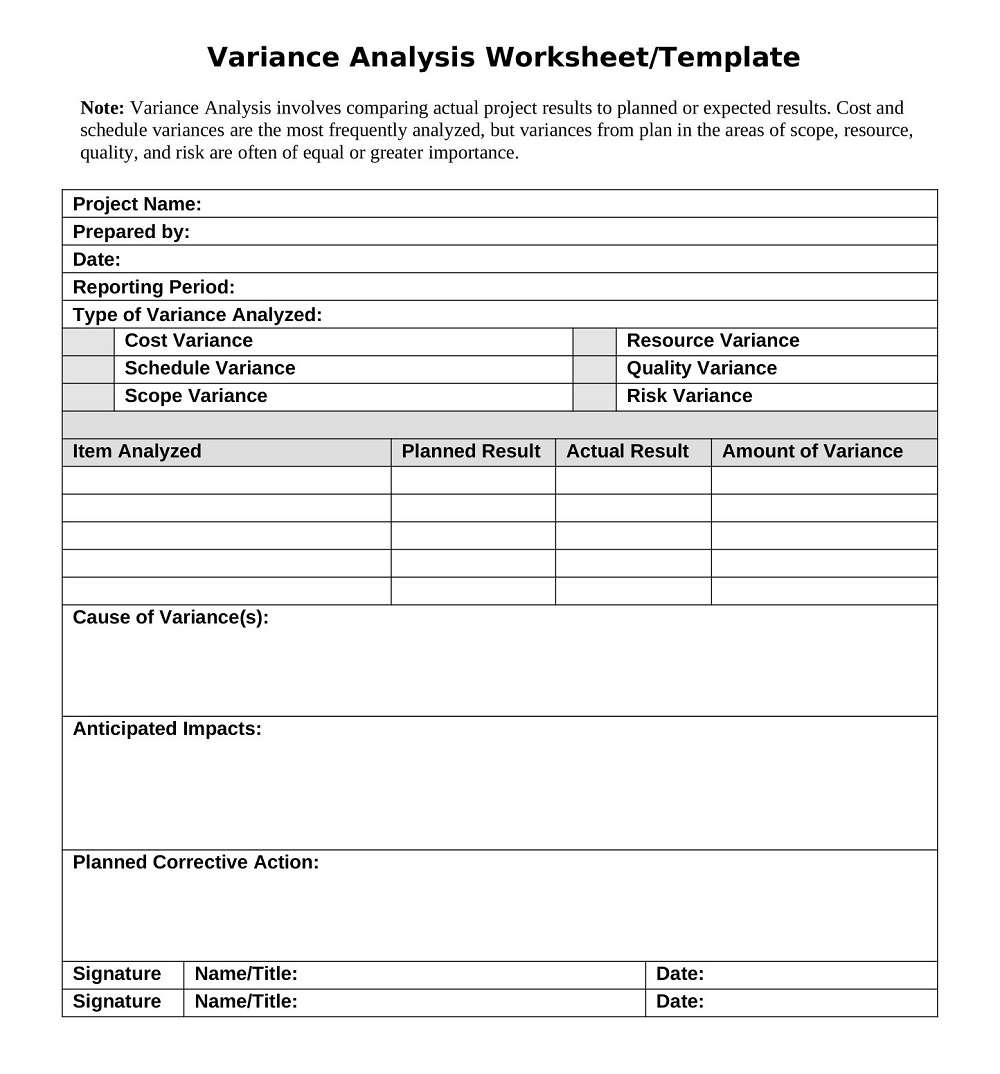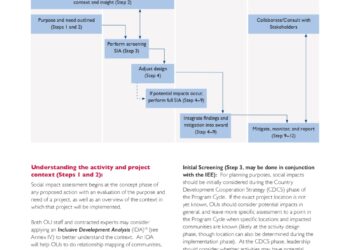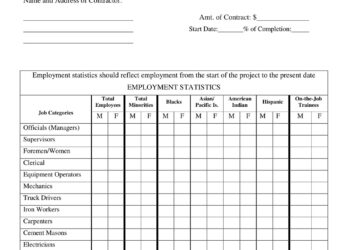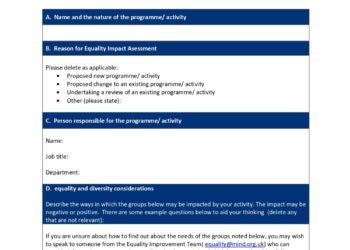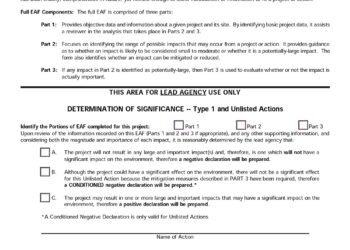A variance analysis template is a tool used to analyze the differences between the planned and actual results of a project or business. This useful template can be utilized across various industries and can provide valuable insights into the performance of a particular operation. By highlighting areas where deviations from expected outcomes have occurred, organizations can identify strengths and weaknesses and make informed decisions to improve their processes and ultimately, their bottom line.
A well-designed variance analysis template can not only help identify problem areas but also allow management to focus on areas of success and ensure that they continue to perform at a high level. Whether you’re a small business owner or a financial analyst in a large corporation, using a variance analysis template can help you monitor your performance and make important decisions based on real data. In this article, you’ll find a collection of free Printable Documentary Film Budget Templates and samples in PDF, Word, and Excel format to help you make your film effective.
Variance Analysis sheds light on financial deviations, and understanding the human element is crucial. Delve into our insightful Workforce Analysis Templates to comprehend the personnel-related factors influencing these variances. Together, they provide a holistic perspective, guiding your strategies with both financial acumen and a deep understanding of your workforce dynamics.
Download Free Sample Variance Analysis Templates
Actual Variance Analysis Template
|
Basic Variance Analysis Template
|
Beyond Variance Analysis Template
|
Budgetary Control And Variance Analysis
|
Cost Accounting Variance Analysis
|
Fixable Budget and Variance Analysis
|
Forecast Outturn Variance Analysis
|
Four-Variance Analysis Template
|
Mean-Variance Analysis Template
|
Multivariate Variance Components Analysis
|
Product Variance Analysis Template
|
Sample Overhead Variance Analysis
|
Sample Summary Variance Analysis
|
Sample Understanding Variance Analysis
|
Sample Variance Analysis and Reporting
|
Simple Standard Costing and Variance Analysis
|
Standard Costing and Variance Analysis Questionnaire
|
Standard Costing And Variance Analysis
|
Strategic Variance Analysis Template
|
Understanding Variance Analysis Example
|
Variance Analyses From Invariance Analyses
|
Variance Analysis For Policy Template
|
Variance Analysis in Airlines
|
Variance Analysis In Construction
|
Variance Analysis Worksheet Template
|
Variance Components Analysis Template
|
What is a Variance Analysis?
As a business owner, it’s imperative to stay on top of your financial performance to ensure the longevity and growth of your company. This is where a variance analysis comes into play. A variance analysis is a tool used to calculate the difference between actual financial results and the targeted outcomes. It allows you to analyze your company’s performance at different levels and identify areas that need improvement. By carefully analyzing the data, you can make informed decisions on how to allocate resources more effectively and eliminate inefficiencies. Simply put, variance analysis helps you stay on top of your company’s financial health and make better decisions that will ultimately benefit your business in the long run.
Importance of Variance Analysis in Financial Management
Understanding the financial performance of a company is paramount to management decisions. However, evaluating the results of a budget and comparing it to the actual performance of a company is a crucial part of this process. This is where variance analysis comes into play in financial management. Variance analysis is a process that helps a business compare planned expectations with actual results. It enables a company to examine expenses and revenues to determine where changes need to be made. Without variance analysis, it would be difficult to tell which areas of a company’s financial planning need adjusting. Identifying the variances that occur in a business can ultimately lead to improvements in management decisions. By utilizing variance analysis, a business can more accurately predict future financial performance and make necessary adjustments to maximize profits.
Types of Variance Analysis
In most business organizations, variance analysis is a critical part of the management process. At its core, variance analysis is a comparison of the actual results against the planned expectations to measure the extent of differences, or variances. These variances can either be negative or positive and can affect the performance of a business in different ways. Variance analysis is vital because it helps to identify the areas that require improvement in a business.
Cost Variance Analysis
Cost variance analysis is one of the most commonly used types of variance analysis that organizations use to identify areas where costs are high or low. Cost variance analysis examines the variance between the budgeted and the actual cost of production or project. Cost variances can be drilled down to many levels, including materials, labor, overheads, energy, etc. This type of variance analysis helps managers understand the cause of cost variations and recommended corrective actions.
Sales Variance Analysis
Sales variance analysis examines the variance between actual and budgeted sales. This type of analysis enables the management to identify trends in sales volume, customers buying behaviors, and market trends. Sales variance analysis helps businesses to identify the positive and negative variances, thus allowing them to adjust their marketing strategy accordingly. This type of variance analysis is useful in determining whether a business is meeting its sales targets.
Labor Variance Analysis
Labor variance analysis examines the difference between budgeted and actual hours worked and costs incurred during the production process. This analysis is essential, especially in labor-intensive industries. Labor variance analysis enables companies to establish variance in labor efficiency, actual hours worked, and wage rates. By analyzing labor variances, businesses can determine where labor costs are exceeding their budget and take corrective action. They can also identify areas where there is room for process improvements.
Material Variance Analysis
Material variance analysis is another commonly used type of variance analysis that examines the difference between the budgeted and the actual cost of raw materials used in production. This analysis considers price variances, volume variances, and mix variances that impact the cost of production. Material variance analysis enables businesses to identify trends in material price movement, volume changes, and efficiency. By measuring the variances, the management can understand how different factors contribute to the cost of production, and make decisions accordingly.
Overhead Variance Analysis
Overhead variance analysis examines the difference between the actual overhead cost incurred and the budgeted overhead cost in production processes. Overhead variances include indirect costs such as electricity, maintenance, back-office expenses, etc. Overhead variance analysis enables businesses to understand the causes of overhead variances by comparing them to budgeted overhead costs. This type of variance is essential in identifying the sources of cost inefficiencies in business operations.
Variance Analysis in Budgeting and Forecasting
For any business, managing costs is a crucial element of success, and budgeting and forecasting are essential tools for keeping expenses under control. Variance analysis plays a critical role in this process by enabling businesses to compare expected costs to actual costs and identify the reasons for any discrepancies. By breaking down the sources of variance, businesses gain valuable insights into their operations, allowing them to optimize their budgeting and forecasting processes and make more informed decisions. For businesses looking to stay competitive and grow in today’s constantly evolving market, a thorough understanding of variance analysis in budgeting and forecasting is essential.
How to Create a Variance Analysis Template
If you are looking for ways to improve the accuracy of your financial reporting, then a variance analysis can be your go-to tool. Variance analysis is a financial analysis technique that helps you identify and quantify the differences between your actual and expected values. This method is particularly useful for analyzing budgets, forecasts, and financial data. In this blog post, we will discuss the steps you can take to create your variance analysis template.
Define Your Variance Analysis Objectives
The first step to creating a variance analysis template is to determine your objectives. What exactly do you want to achieve with your variance analysis? Are you trying to identify potential discrepancies in your budgets or forecasts? Or perhaps you want to compare your actual results against your previous year’s performance? Once you have a clear idea of your objectives, you can move on to the next step.
Gather the Required Data
Next, you need to gather the data you need for your variance analysis. This may include actual financial statements, budgets, forecasts, and other relevant financial data. Make sure that the data you collect is accurate and up-to-date. Also, consider using software tools that can automate this process and save you time.
Choose Your Analysis Methodology
There are various methods you can use for your variance analysis, and the method you choose will depend on your specific objectives and data. Some common methodologies include: a) Simple variance analysis where you simply compare the actual results with your budgets; b) Variance analysis by department where you analyze each department’s performance and compare it with the budget; c) Variance analysis by cause where you identify the root cause of the variances and see how you can address them.
Create Your Variance Analysis Template
Now you can start creating your variance analysis template. You can use Excel or any other spreadsheet software to create a template that suits your needs. Your template should include columns for the actual results, budgeted results, and the variance between the two. You may also want to include additional columns for comments or notes that explain the variances.
Analyze and Interpret the Results
Once you have filled out your variance analysis template, it’s time to analyze and interpret the results. Look at the variances and determine whether they are positive or negative. Positive variances indicate that you have exceeded your budget or forecast, while negative variances suggest that you fell short of your targets. You can then use this information to identify potential opportunities for improvement or areas where you need to cut costs.
Reference Link


